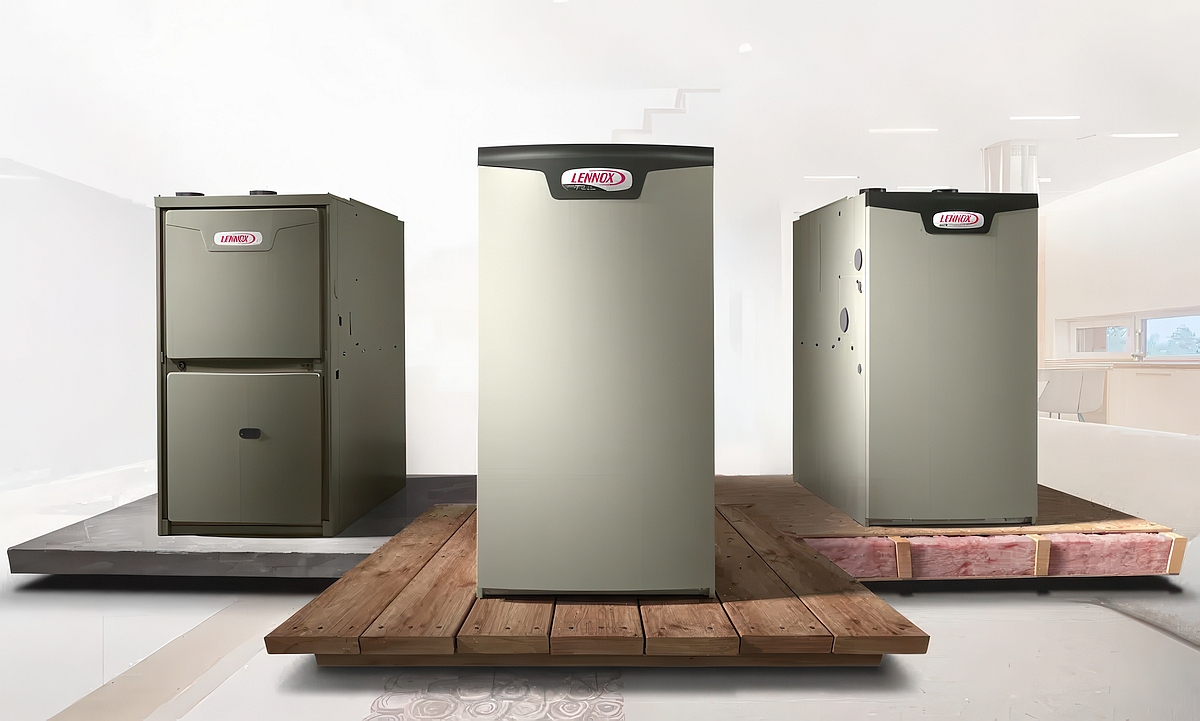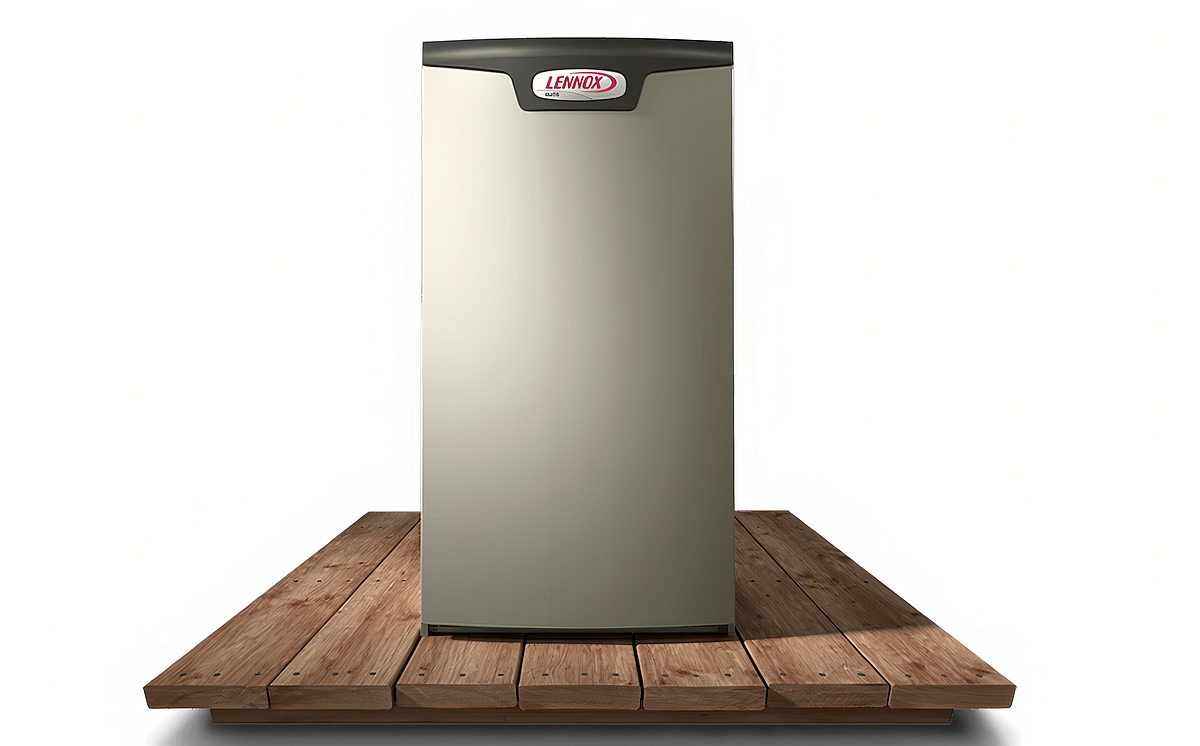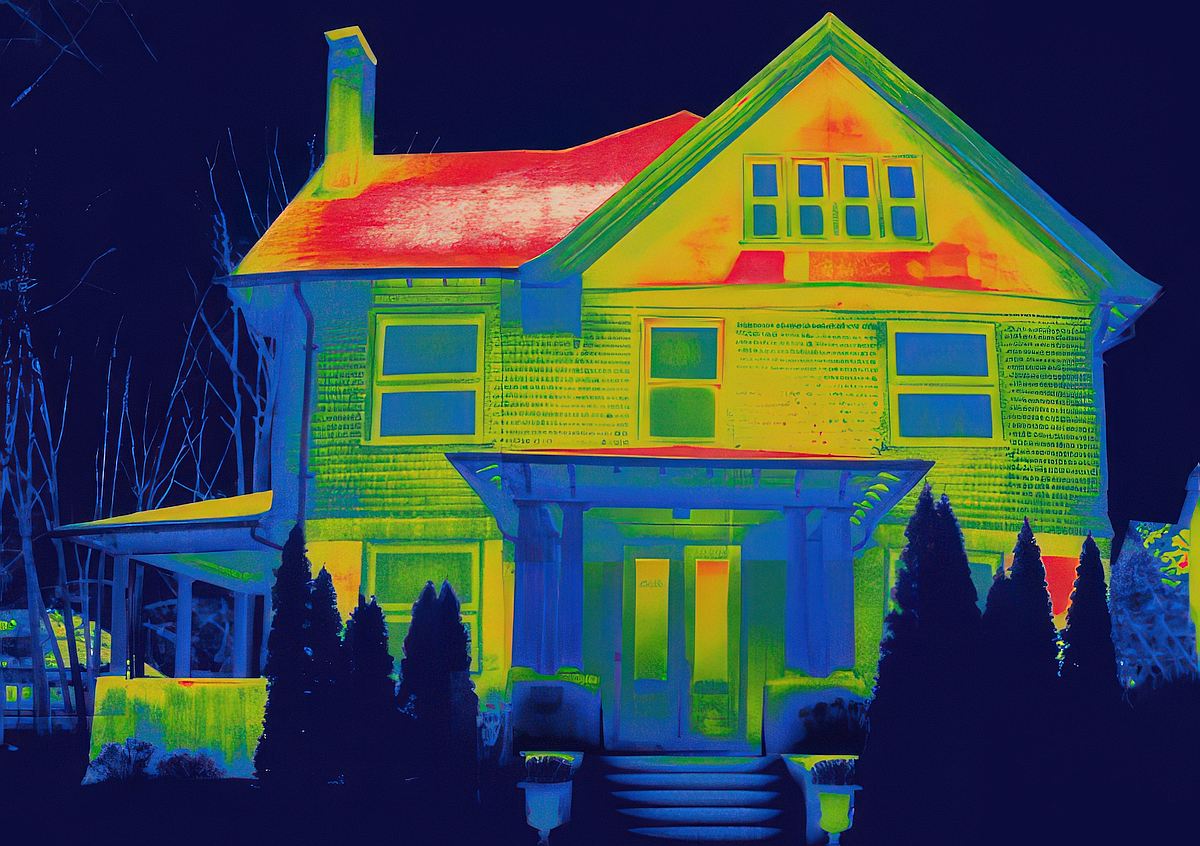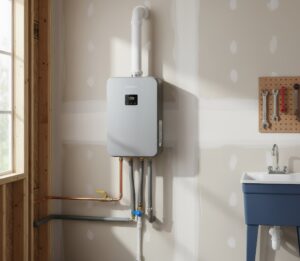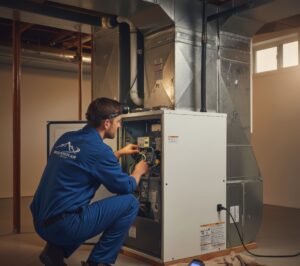If you’re researching new furnace options and comparing furnace models online, you need to compare like for like.
That means understanding furnace sizing as well as furnace types, efficiency, brands, and more.
Furnace size refers to its heating capacity rather than the dimensions of the unit. The size of the furnace you need in Alberta depends on the total square footage of your home and other important factors.
So, here’s what you need to know about correctly sizing a furnace for your Alberta home…
What Size Furnace Do I Need?
The furnace size needed in Alberta depends mainly on the total square footage of your home but also the type and efficiency of the furnace, insulation, ceiling heights, occupant numbers, and the aspect of your home. An average-sized home of 1,500 square feet in Alberta requires a furnace size of 75,000-90,000 BTUs (6.5 to 7.5 tonnes).
The climate plays a huge role in sizing HVAC equipment in Calgary. It’s best to get a professional assessment of your home’s heating and cooling needs before ordering any heating or cooling equipment, including furnaces.

MAKE THE RIGHT HEATING & COOLING DECISIONS…
For over two decades, Alberta Mountain Air has helped Calgarians solve heating and cooling problems and maintain ideal comfort levels. Get in touch online for a quote.
How Are Furnaces Sized in Alberta?
Furnaces in Canada are sized in BTUs (British Thermal Units), as are air conditioners and heat pumps.
BTU is a universal measure of heat energy. More specifically, one BTU is the amount of energy needed to raise the temperature of one pound of water by one degree Fahrenheit.
The higher the BTU rating, the greater the heating capacity of the furnace, all else being equal.
You may also see furnaces sized in tonnes in some places. One tonne is equivalent to around 12,000 BTU. Therefore, a furnace sized at 60,000 BTUs would be equivalent to five tonnes.
What Are the Main Factors When Sizing a Furnace?
With long, icy winters, Calgary homes need a furnace that packs a sufficient punch. You’ll need a more powerful furnace than in areas of the country with milder winters—and much more powerful than homes in the central or southern areas of North America.

Whether you’re replacing an old furnace, upgrading to a more efficient model or moving into a new home, you’ll need to consider the following before choosing your furnace model…
The Square Footage of Your Home
The size of your home is the most basic consideration when planning a new furnace installation in Calgary.
The average size of Calgary homes is 1,460 square feet. Across the province, around 38 percent of Albertans live in houses sized between 1,000 and 1,500 feet and 42 percent in homes larger than this.
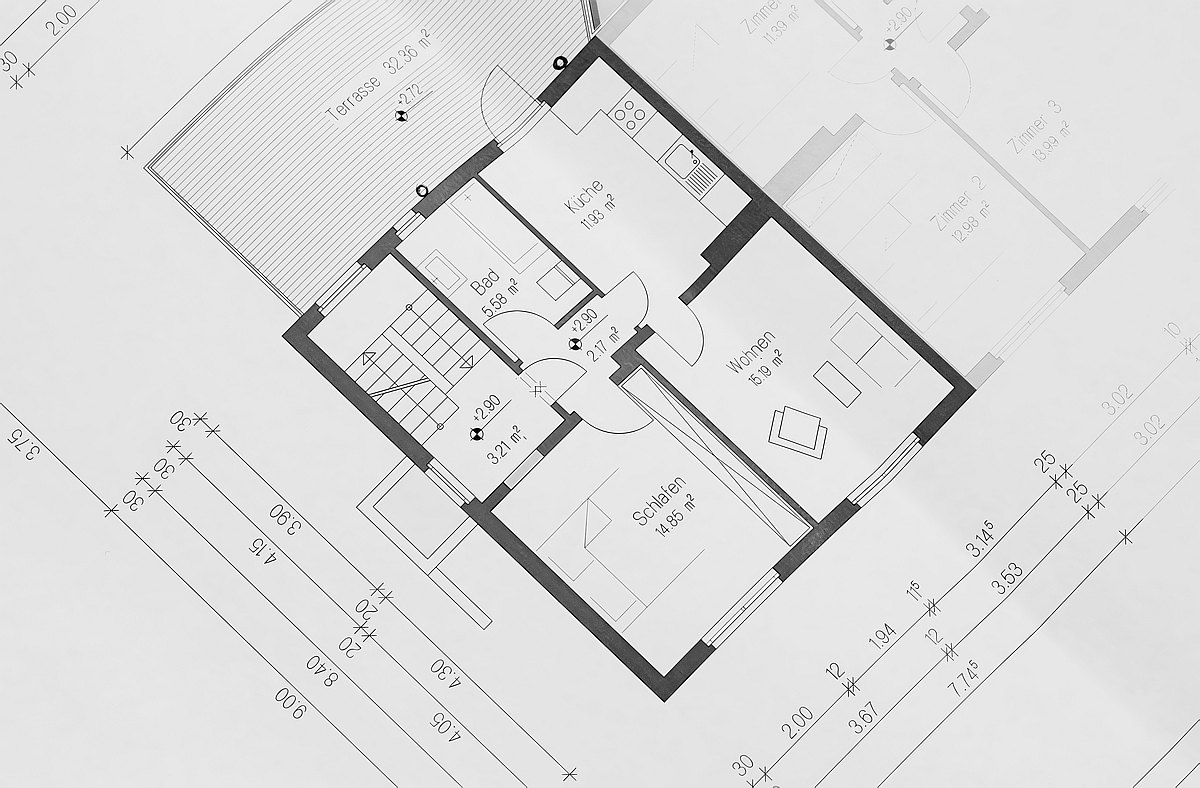
The Heating, Refrigeration and Air Conditioning Institute of Canada (HRAI) recommends that homes in cold climates install high-efficiency furnaces with 30-45 BTUs per square foot. This may be adequate for small Calgary homes of around 1,000 square feet or less.
However, based on two decades of experience, our HVAC professionals generally recommend between 45 and 60 BTUs for average-sized Calgary homes of around 1,500 square feet. This equates to 45,000 to 90,000 BTUs. A home double the size (say, 3000 square feet) needs double the heating power: around 135,000 to 180,000 BTUs.
These estimates depend on other factors too…
The Furnace Type and Efficiency
Not all furnaces are made the same. Most furnaces in Alberta are gas furnaces and the basic distinction to make is between single-stage, two-stage, and modulating/variable furnaces. These vary in efficiency and, therefore, heating output.
The AFUE rating (Annual Fuel Utilization Efficiency) is a measure of a furnace’s energy efficiency. The minimum requirement for new furnaces sold in Canada is 95 percent efficiency. Most high-quality furnaces in Calgary have an AFUE of 96 percent or higher. That means that for every $1 you spend on fuel, at least 96 cents goes towards producing heat.
- Single-stage furnaces: these furnaces have a fixed-speed motor that blows air at one speed/heating output. They may be adequate for small homes on a tight budget with an open floor plan.
- Two-stage furnaces: these furnaces can operate at two different speeds to save energy, matching heating output to demand. They are considered very suitable for small Alberta homes with more than one level or open floor plans.
- Modulating/variable furnaces: These models are the most efficient furnace types available, operating at 99 percent AFUE and suitable for all types of homes. The variable-speed blower and modulating gas valve adjust the heating output from 30 percent to 100 percent as required.
Remember, if a unit produces 100,000 BTUs with a 92 percent efficiency rating, it will be adequate for a space that requires up to 92,000 BTUs. If the space requires 100,000 BTUs of heating, you’ll need a slightly larger furnace to adequately heat the space.
As far as brands of furnaces go, Lennox, Trane, Goodman, York, and Carrier all provide a wide range of high-quality furnaces suitable for Calgary homes.

Your Home’s Insulation
The quality of a home’s insulation affects the furnace size required. Homes that allow more heat to escape need a more powerful furnace to keep replacing lost heat.
It’s surprising, therefore, that more homeowners don’t focus on improving insulation—even with federal government rebates for retrofits that address insulation.

Insulation in homes often varies with building quality and age. Newer, higher-quality constructions generally have better insulation and offer better energy efficiency.
If you live in a drafty, older home, with leaky windows, it’s best to address the issue before you install a new furnace as it can save you money in the long run.
Design/Layout of the Home
Most small homes in Calgary are simple, one- or two-floor constructions. If the design/layout of your home is more complex with several levels, you may require a more complex heating system with heat distribution zones and a larger furnace.
If your home has many windows and doors, heat may leak more easily. High ceilings will also affect the size of the furnace needed to heat your home. Most furnace-size calculators assume that your ceilings are eight feet high.
Exposure to sunlight will also affect the required size of furnace. Direct sunlight can warm a home significantly and reduce the need for heating power compared to a permanently shaded home.

The colour of your roof can even affect the furnace size. Darker colors absorb more heat from the sun and can help to warm a home without a furnace.
The Occupants
The number of occupants in your home—and their tolerance to the cold—also affect the size of the furnace you need.
Comfort is very personal. Different people are comfortable in different temperatures and, therefore, have different preferred thermostat settings. The potential heating power of the furnace you select should reflect their needs.

Another factor to bear in mind is family size. If all else is equal (such as square footage), larger families may be able to slightly reduce their heating requirements because people generate heat and affect load calculations.
Why Does Furnace Size Matter?
Choosing the right size furnace for your Alberta home and having it installed professionally can save a host of problems down the line.
A furnace that’s too big can lead to:
- Short cycling: the furnace turns on and off repeatedly.
- Uneven temperature distribution throughout your home.
- Shortened furnace lifespan and unnecessary costs from the additional strain (frequent furnace repairs or premature replacement).
Conversely, a furnace that’s too small can result in:
- Extra wear and tear on furnace components (running on longer cycles to keep your home warm).
- Increased energy bills.
- Shortened furnace lifespan from the additional strain on your system (frequent furnace repairs or premature replacement).
Either way—too large or too small—a mis-sized furnace is not good news for your family’s comfort levels or your wallet.
How Can You Guarantee the Right Size Furnace?
The best way to ensure that you get the right size furnace for your Alberta home is to arrange a professional heating assessment.
During a heating assessment, a professional HVAC technician will consider all of the factors above, inspect the existing ductwork and HVAC setup, and recommend what you need to heat your home adequately.
The experienced technicians at Alberta Mountain Air have been helping Calgary homeowners assess their home’s heating needs since 2004. Get in touch for a heating assessment and estimate for your home.
We can also conduct indoor air quality (IAQ) testing to alert you to any contaminants that your family may be exposed to.
FAQs
If you experience relatively few problems with your furnace and technicians don’t flag any issues during annual furnace maintenance, you likely have the right size furnace for your home. If problems like short-cycling, excessive energy bills, inconsistent heating throughout the home or worn-out components affect your unit, you may have an incorrectly sized furnace.
The Manual J is an HVAC load calculation formula used by professionals to determine the required size of HVAC equipment. Measurements are taken, tests performed, and the building is fully assessed before equipment size recommendations are made.
The best furnace for a small home in Calgary is a model with a good warranty from a reliable brand that matches your heating needs—according to the home’s size, insulation, number of occupants, design/layout, and other factors. Find out more in this detailed post.
There are three main ways to work out the square footage of your home:
- Locate the paperwork you received when you purchased your home (closing or listing documents or appraisals)
- Multiply the length by the width of every room and add up the total
- Use a site like Zillow (simply enter your address)
Our HVAC professionals are SAIT-certified and help Alberta homeowners make the right heating and cooling decisions. If you’re in Calgary and considering your heating options this winter, contact us online.
